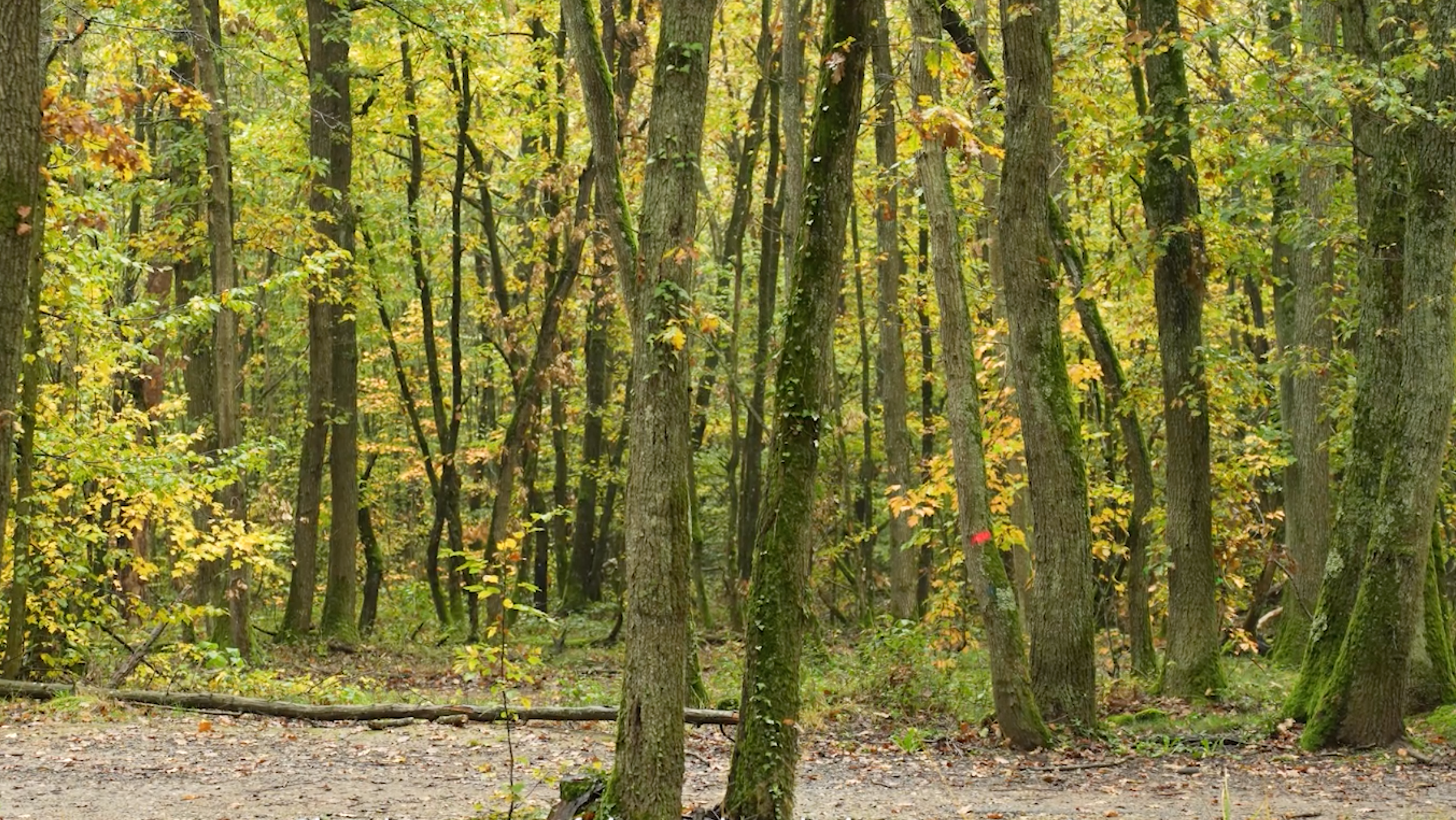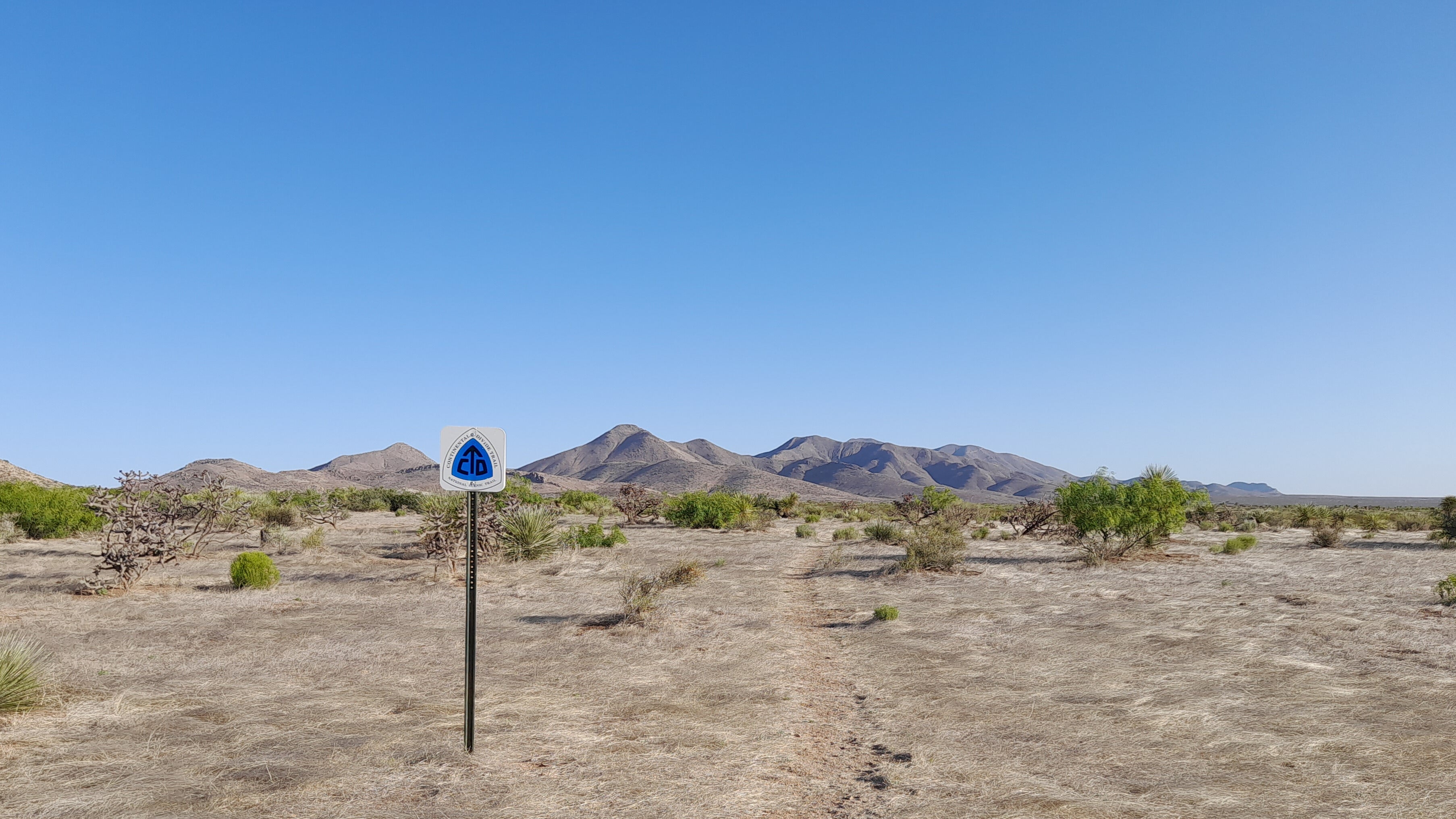
Why create an eco-friendly running brand ?
By the founder of the EDELI brand
Why launch a new company, a new brand if it is to duplicate existing models and continue doing things as before?
When I started thinking about creating a new brand in the world of running, I was looking to combine the desire to start a company in a field of passion for many years, that of running and the motivation to give birth to a new meaningful professional project.
Find meaning
Becoming an entrepreneur and taking risks was one thing but above all I was looking for a meaningful project with a positive impact overall, changing things for the better.
I worked for a long time for large companies and it is clear that over the years, the search for economic performance, even if it is clearly necessary, had taken so much precedence that it had become key in my entrepreneurial project to give a broader meaning to my professional activity.
The idea that emerged little by little was to create a new running brand combining technical performance and eco-friendliness and to define a production model with less impact on the environment than the one adopted by most brands today.
The central idea was to combine these two key dimensions and make them the basic contract of the brand and an innovation platform for the future.
And in the textile industry in general (which of course includes the sportswear segment), reducing the environmental impact linked to manufacturing not only makes a lot of sense, but it is also urgent.
Finally, it seemed to me that if a sport were to set an example in terms of eco-friendliness, it should be running, running in all its forms.
Running and nature: an almost magical link
Running is the sport par excellence that can be practiced anywhere in contact with nature. Just put on your sneakers, put on shorts and t-shirt and off you go.
If you are lucky enough to be in the countryside, in the mountains or near a river or a lake, a forest or a park, the presence of nature always gives a much more invigorating richer dimension to your running.
Each run is often a deep breath, physically, mentally. Nature has a calming effect. Being around vegetation, animals, enjoying the lights changing with the seasons, these are all simple and accessible pleasures that running provides.
When you appreciate what running in contact with nature can bring, it is quite logical to want to protect it, to seek to preserve the great outdoors where we all like to run.
How to reduce the environmental impact linked to production?
So how to proceed? What are the most important ways to reduce the environmental impact linked to manufacturing?
What I'm sharing here is a bit of the journey I followed to find the answers to these questions. This is not the opinion of an expert but the feedback of an entrepreneur engaging in a project to create an eco-friendly running brand out of passion and conviction.
What I discovered when digging into the subject of the environmental impact linked to the production of sportswear were several key findings. They are linked to different moments in the life cycle of a garment: from manufacturing to transport, to sale then to use.
These key observations led me to make the first commitments and choices for the EDELI brand in order to significantly reduce the environmental impact of our production:
- Produce in Europe to reduce the carbon footprint
- Using recycled materials for more circularity
- Ban the use of plastic in our packaging
- Donate 1% of our sales to protect natural spaces
Below I have summarised each of the key observations which led me to these four founding commitments for the EDELI brand in favour of a resolutely eco-responsible approach.
The carbon footprint of the energy mix can vary greatly from one country to another, and in particular between Asian countries and European countries. The carbon footprint of a country's energy mix is the measurement of the average CO 2 emissions (in kilograms of CO 2 ) necessary to create energy (in Kilowatt-hours) depending on the mix of energies used (fossil energies, nuclear energy or renewable energies).
Here are some figures comparing, for example, the carbon footprint of the energy mix on average in Europe (EU 27) to that of China, a key player in the textile industry:
CO2 emissions per kilowatt-hour
|
Area/Country |
CO2 emissions per KwH |
|
Europe - EU 27 (1) |
252 grams |
|
China (2) |
531 grams |
Why such a difference ?
The energy mix is linked to the relative weight of different energy sources. The most polluting energy sources are fossil fuels, 'the worst' being coal. The use of coal in China in energy production is almost 5 times greater than in Europe (weight of coal in the energy mix: 54% in China vs. 11% in Europe).
Based on this first observation, I chose as first eco-friendly commitment of the EDELI brand to weave and make all our clothes in Europe.
And the first commitment became a reality with our first models from the FREE RUNNER collection whose fabrics come from Italy and Portugal. These models are made in Moldova for the Hirondelle T-shirt and in Lithuania for the Colibri shorts.
This first commitment goes against the dominant production model in the Running and Outdoor clothing sector since 97% of Running and Outdoor clothing sold in Europe is manufactured in Asia (3) especially in China, Taiwan, Vietnam and South Korea.
This first commitment to weaving and making all our clothes in Europe generates a significant additional cost in terms of purchase price but it makes it possible to reduce the carbon footprint linked to production (with a more favorable energy mix) and transport (with fabric weaving and garment making activities all happening within the same continent).
2nd observation: The use of recycled fibres is still very small in the textile industry
In 2022, according to the latest data published by the Textile Exchange organisation in December 2023 (4) , the share of recycled synthetic fibres in global production still remains less than 10% (around 7.9% in 2022).
By comparison, the share of virgin synthetic fibres (non-recycled) remains very much in the majority with around 57%. The rest comes from fibres of plant origin (around 27% with cotton at the top for 22%), of animal origin such as wool (around 2%) and cellulose-based (around 6%).
While plastic-related pollution remains one of the major issues, particularly for the oceans, accelerating the use of recycled synthetic fibres has a double advantage: that of reducing the level of annual production of virgin synthetic fibres (reducing the risk of additional future plastic pollution) and that of being able to reuse existing plastic products in a second product life (as is the case with the recycling of plastic bottles).
In the sportswear industry, it turns out that polyester, which is the most used fibre in the textile industry (3) with a share of around 54%, is also one of the fibres best suited to the technical constraints of sports practice thanks in particular to its low absorbency, which allows it to easily wick away perspiration, unlike cotton for example.
Based on this second observation, I decided to implement a second eco-friendly commitment of the EDELI brand, which is to manufacture our technical running garments primarily with recycled fibres.
This second commitment was also immediately implemented in the FREE RUNNER collection: the Hirondelle T-shirt for instance is made 100% from recycled polyester from the recycling of plastic bottles (88% for the Colibri shorts).
3rd observation: protection bags in the textile industry are still mostly plastic bags
This third observation is linked to the use of single-use plastic protective bags (called polybags) to protect clothing during transport and storage. However, this use is a major problem as 'around 180 billion polybags are produced each year for the fashion industry and only 15% are recycled' (5) .
The use of these plastic bags is the cause of several problems: it requires new production from oil exploitation, it generates additional waste and it is partly linked to plastic pollution present in the oceans.
This third observation pushed us to look for a solution that went even further than using recycled plastic for our protective bags. To limit the impact of polybags, the most important dimension is in fact that of the end of life of these single-use protective bags. How could we minimise the risk of plastic pollution linked to these protective bags once the product has been delivered to the final buyer?
It was while seeking an answer to this question that our third eco-friendly commitment of the EDELI brand was born: zero plastic in our packaging .
To achieve this goal, we have selected a biodegradable and fully compostable protective bag. It is made from potato starch. It is translucent and is not perfectly transparent like plastic, but that does not prevent it from fulfilling its key function: that of protecting garments during transport and storage while providing an ideal solution to the end-of-life problem since it is biodegradable and fully compostable.
We also chose a 100% recyclable e-commerce envelope whose components are of European origin and which is produced with water-based inks and vinyl glues of plant origin.
4th observation: numerous initiatives already exist to preserve natural spaces; how to join in?
Beyond the environmental impact directly linked to our production, I was also interested in existing initiatives to preserve the great outdoors. It seemed key to me to associate our brand with a relevant initiative (linked to the world of running and trail running) and of course a positive one in terms of environmental impact.
I therefore looked for a concrete project to protect nature to associate the EDELI brand with it.
A first option was to join the 1% for the planet program. It is a global network of thousands of environmental companies and organisations working together to support people and initiatives working to protect the environment. When a company decides to join this program, it undertakes to donate 1% of its sales to this program.
It seemed necessary to me to go even further in the concrete aspect of the project with which we could associate our brand. So I combed through the organisations already partners and beneficiaries of the 1% for the planet program to find an ideal project.
I found it by contacting the Conservatoire des Espaces Naturels d'Auvergne or Auvergne Nature Conservatory and discussing with them their program to protect century-old forests in Auvergne as part of the European SYLVAE program.
This program aims to buy up plots of century-old forests and let them evolve naturally. This project seemed doubly relevant to me, first because it aims to protect forests, which are very popular with runners, and also because it is linked to our region of origin, the Auvergne-Rhône-Alpes region in France where our brand EDELI was born.
Forests also play a major role in climate balance as natural carbon sinks, hence the importance of contributing to their preservation.
From this fourth observation was born our commitment to donate 1% of our sales to preserve natural spaces by supporting the Conservatoire des Espaces Naturels d'Auvergne and their conservation program for the century-old forests of Auvergne ( via the association 1% for the planet) .
It is through these first concrete commitments that we are creating a new, resolutely eco-friendly running brand. These commitments are the start of an adventure and others will complete them in the future.
They will become a lasting reality firstly because we are attached to them but above all by building a community of runners who share the same passion for running and this desire to change things, to find meaning and who support a resolutely eco-friendly approach.
I very much hope that you will be part of this community and this adventure.
Olivier
Sources
(1) www.statistiques.developpement-durable.gouv.fr
(2) www.statista.com
(3) European Outdoor Group – Carbon Reduction Project case study
(4) Textile Exchange – Materials Market Report 2023
(5) White paper - plastic-free fashion



1 comment
Partant de vos constats je soutiens votre engagement et vos démarches pour aller vers un produit éco-responsable .
Courir en portant les vêtements Edeli est donc un vrai plus !! Et qui fait sens 👍
Sportivement
Jeff
Roux
Leave a comment
This site is protected by reCAPTCHA and the Google Privacy Policy and Terms of Service apply.